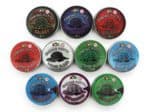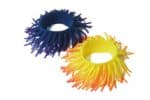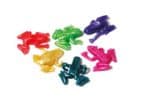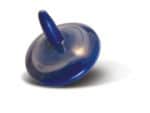UNDERSTANDING SENSORY NEEDS
My Favourite Sensory Tools, How to Use and Why
Subscribe to this podcast via your favourite app
Join my newsletter for more awesome information about ASD
Join the facebook group specifically for this podcast – https://www.facebook.com/groups/suelarkeypodcastcommunity/
Many children with ASD will be over or under reactive to sensory stimuli including touch, taste, smell, sound, sight and/or movement. By regulating the amount and intensity of stimulation it helps to keep the nervous system calm, organised and focused. Children can be under-aroused and sluggish one moment, and overwhelmed and anxious the next. Meeting sensory needs can include using sensory tools to regulate behaviour or adapting activities to reduce sensory stimulation. For example some children can sit for longer periods with a sensory tool/fidget tool. While other children may need clothing adaptations, e.g. socks with no overlocking for them to wear shoes and socks.
Check out my other podcasts on Sensory:
- Episode 119: Sensory Strategies for Educators
- Episode 40: Understanding Sensory Processing Disorders


















 Sorry we no longer ship items outside Australia. Please consider the digital versions of Sue’s Books –
Sorry we no longer ship items outside Australia. Please consider the digital versions of Sue’s Books – 